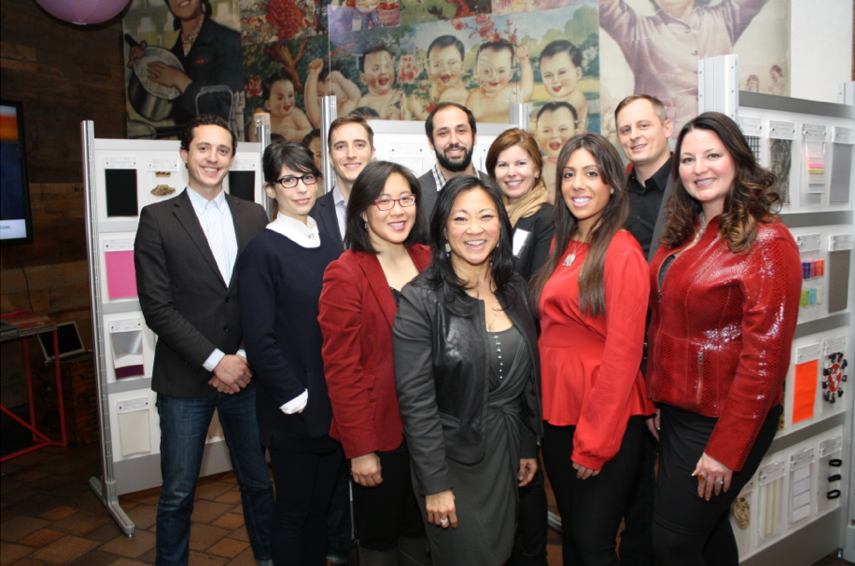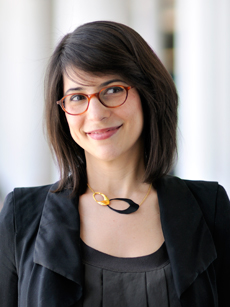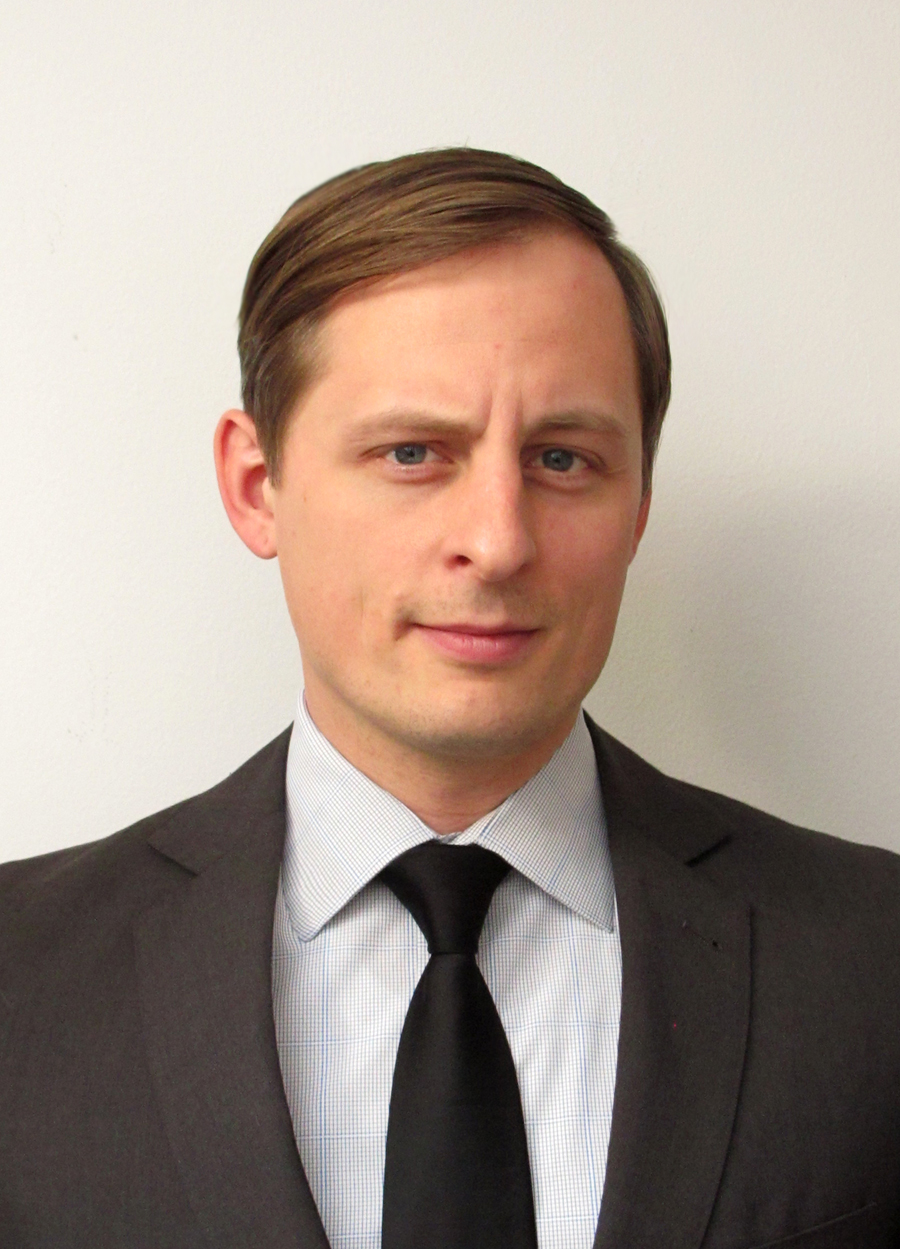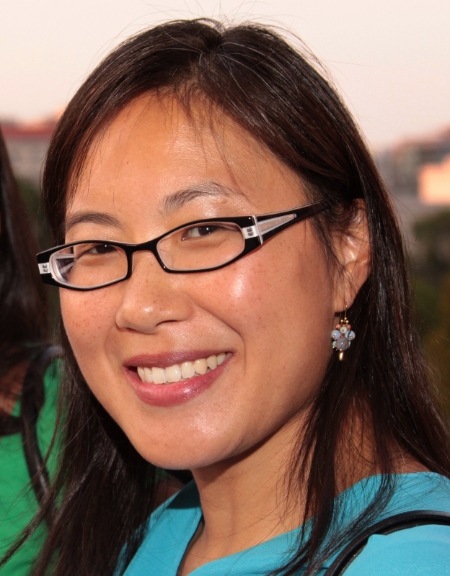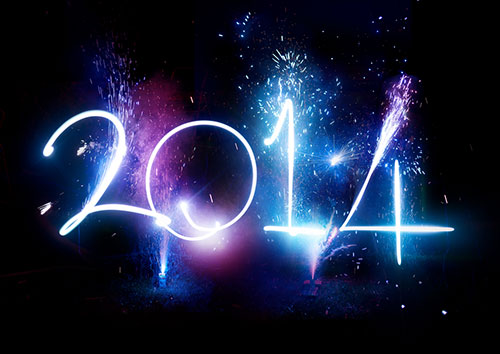Last November, Angela Yeh, Founder and CEO of Yeh IDeology, took part in DMI’s Web Conversations, geared towards organizations and business owners, management and hiring managers with the specific topic challenge: "How to Build Innovation into Your Organization” In this series, we’ll be revisiting Angela’s talk, “Integrating Innovation,” while highlighting excerpts, thoughts from the talk, and delving further as we go into each of Angela’s 7 best tips for innovation success and 3 major pitfalls to avoid.
Shall we continue?
INTEGRATING INNOVATION Step #7: Innovation Continuity. Obtaining Consensus / Maintaining Coordination

Image
Steps 1-6 covered different types of innovation, scaling your initiative(s), determining your starting point, identifying your change agents, beginning your plan of action, and balancing your exciting end-goals against the tough details that demand your focus.
In the case study from Step 6, the team came to us to build an innovation team so to be perceived as “a Google or Apple.” The tough details, however, were internal regarding their management structure, which had to be addressed first before considering the nuances of their external persona.
This segued beautifully into a listener comment that came in during the original webinar: “What if, during an innovation initiative, despite creating innovative solutions and implementing them, the C-Suite still doesn’t change their management process?”
This is a common scenario. You’ve probably seen it before where “innovation” is being mandated from the top-down, while solutions are germinating from the middle- and bottom-up. There’s nothing wrong with this structure, except when the C-Suite – despite believing in the value of innovation, and understanding your solutions conceptually – underestimates or misinterprets their value, and as a result, changes their investment in the project, and/or fails to adapt their processes to the very change they mandated.
Sometimes its a matter of time and timing. It may take an organization multiple generations of exposure for an innovative idea to take hold. There may be different C-level individuals at the helm, or numerous teams bringing different solutions to the table that compete for company dollars and attention. In some cases, the innovation team itself evolves, is laid off or moves on, and a new set comes in to redevelop the solutions. Sometimes a project just needs several pitches to convince the C-suite it’s a good idea worth investing in.
The key here is continually educating your stakeholders, particularly those holding the purse strings or the power necessary to move forward. It’s about teaching the various constituents, obtaining buy in, and, once you get going, maintaining that consensus and coordination. At Yeh IDeology, we frame it with this question: How do you get everyone on the same page and also keep them turning at the appropriate pace?
In examples we’ve seen, you could have a variety of individuals from different departments coming to the table, all touting that they need innovation and they're ready to support it. Then, when it comes down to building the program, and they’re knee deep in a new product concept or initiative, they suddenly realize “Wow, everyone has a completely different perspective on what’s really needed and how much they’re willing to invest.” It’s about understanding – each team member knowing the other and the entire team, as a whole, while sharing the same vision, plan, and understanding of the objectives.
In some companies, this understanding must extend across an entire organization, requiring the right leaders to effect that change on a corporate-wide structure. In others, it’s very specific to a more narrow aspect of the business, whether that be technology, sales, or customer service, a certain product category, etc.
It’s worth re-mentioning here that innovation is an iterative process and throughout the discovery and execution stage new findings can change the course and direction of an initiative. Be mindful when this happens. It's wise to touch base with all the stakeholders involved so that everyone with a hand in the project is adjusting efforts and expectations accordingly.
So remember, regardless of the variables – we can’t emphasize this enough – continuity of innovation relies on consensus and coordination. Your team must be clear on the deliverables for each department, manager, and stakeholders, while constantly communicating and educating each other every step of the way. Say it with us: consensus and coordination, coordination and consensus.
Next on our blog series: Step #1 to Failure: Siloing & Orphaning. Avoiding the Guitar Solo
Interested in this topic or others we've been speaking about? Click on the word bubble to leave us a comment, send a tweet, or connect via LinkedIn! Want to hear directly from Angela Yeh and her 15+ years of design recruiting experience? Drop us a line at info@yehideology.com



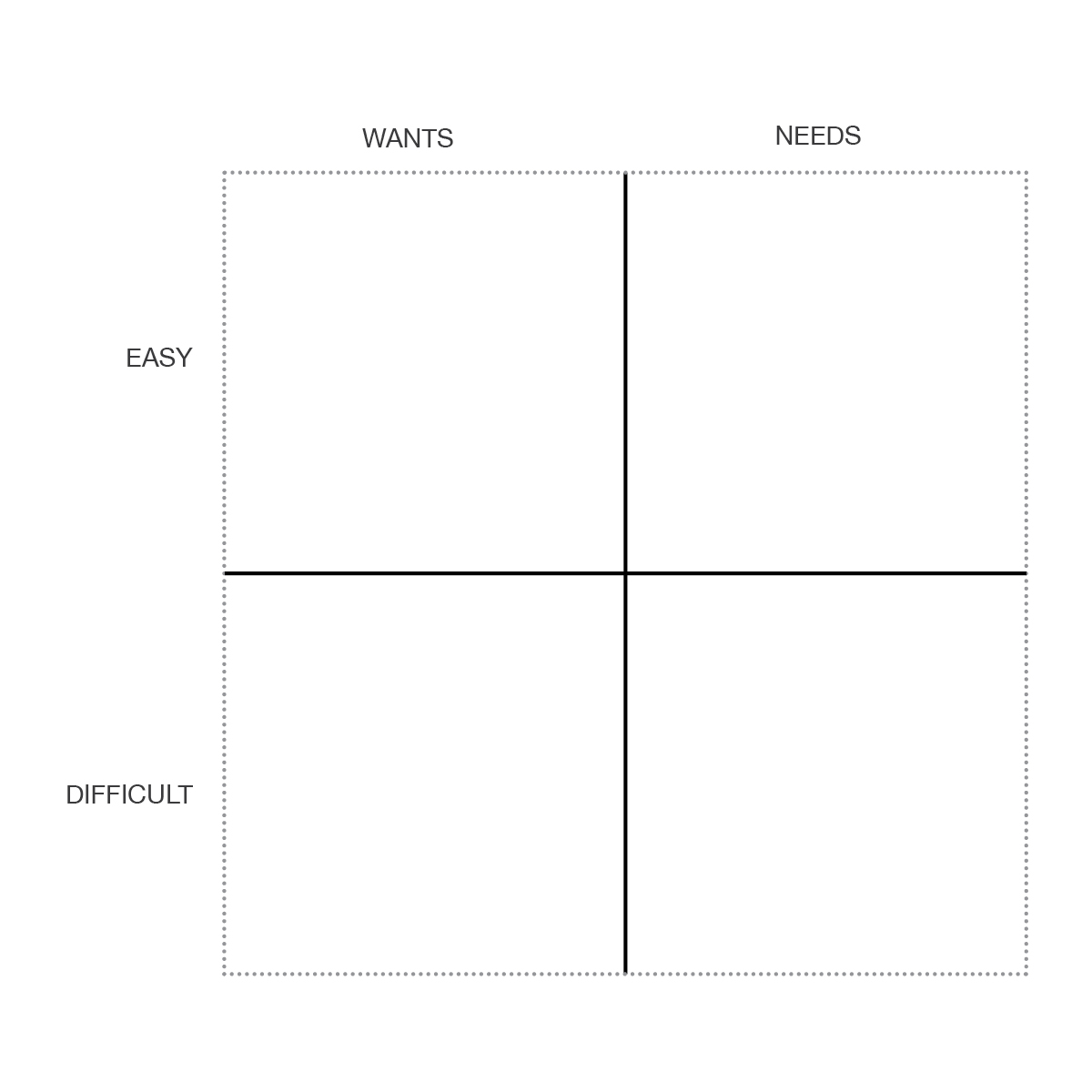 Much of the needs and wants you’ve already begun discovering in Steps 1-4. Continue to draw information, concerns, complaints, and challenges from your stakeholders. Add this to your list and plot it in your grid. Looking at the intersections and determine what to tackle first.
Much of the needs and wants you’ve already begun discovering in Steps 1-4. Continue to draw information, concerns, complaints, and challenges from your stakeholders. Add this to your list and plot it in your grid. Looking at the intersections and determine what to tackle first.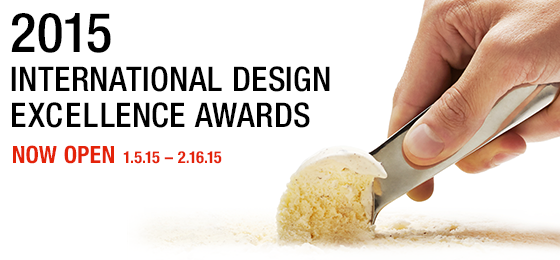
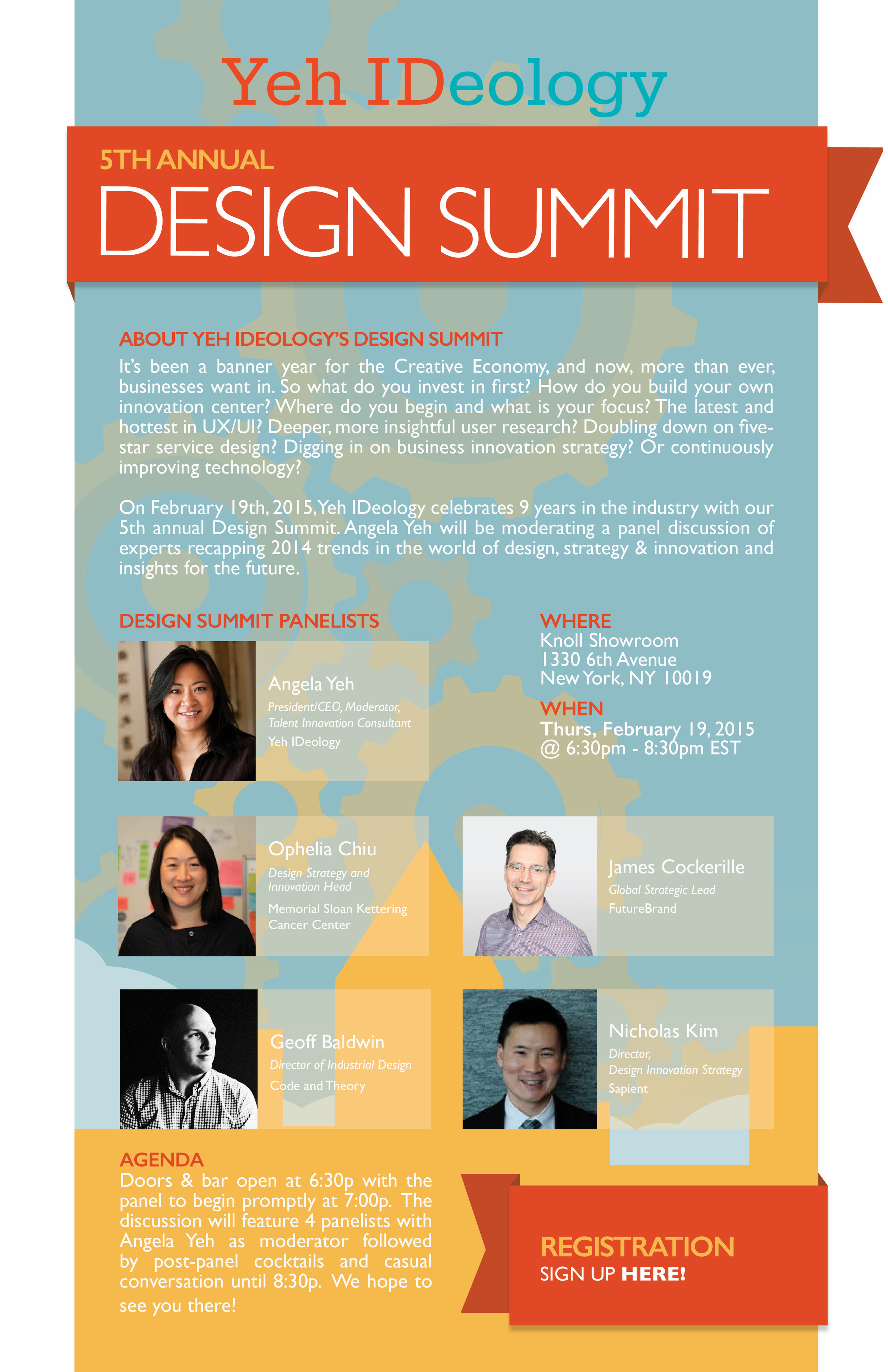



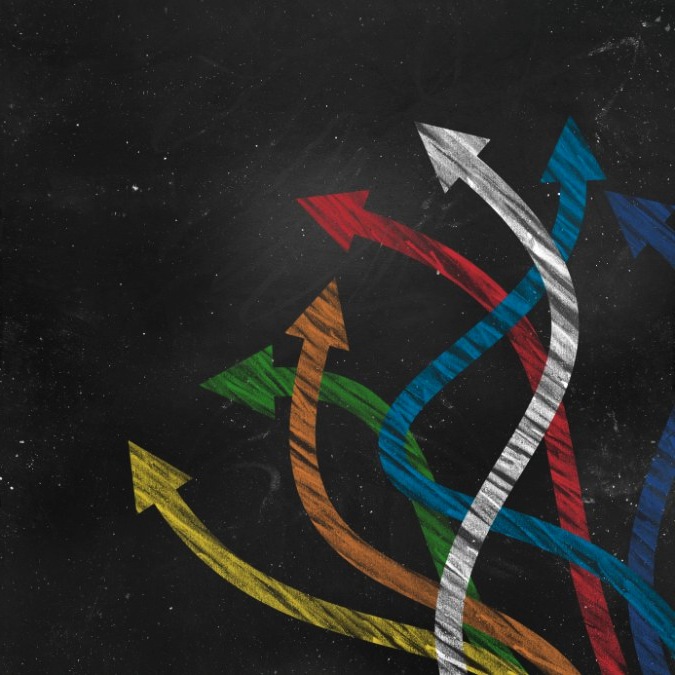





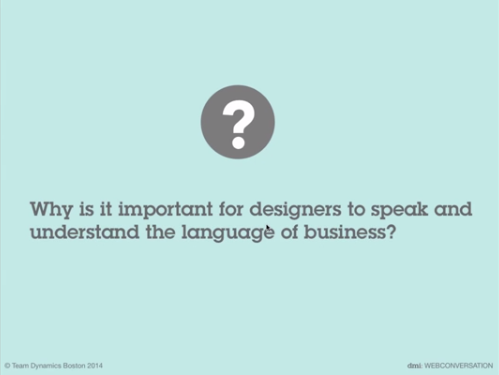 Mastering the Language of Business: From Babble to Clarity - DMI Web Conversation.
Mastering the Language of Business: From Babble to Clarity - DMI Web Conversation.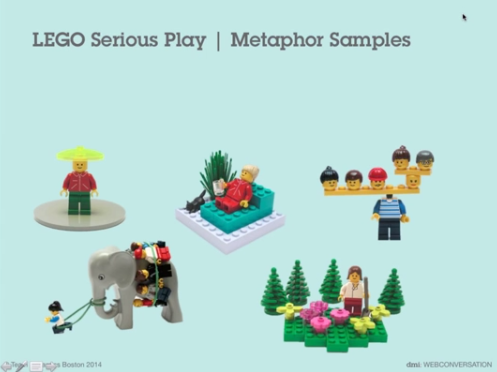
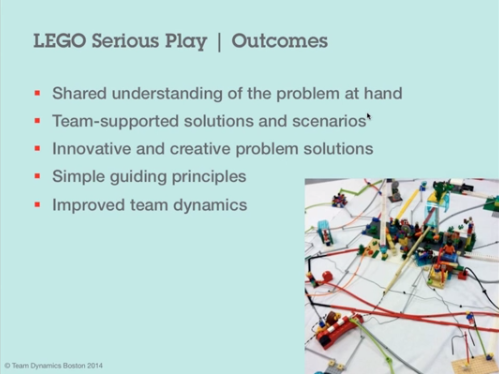
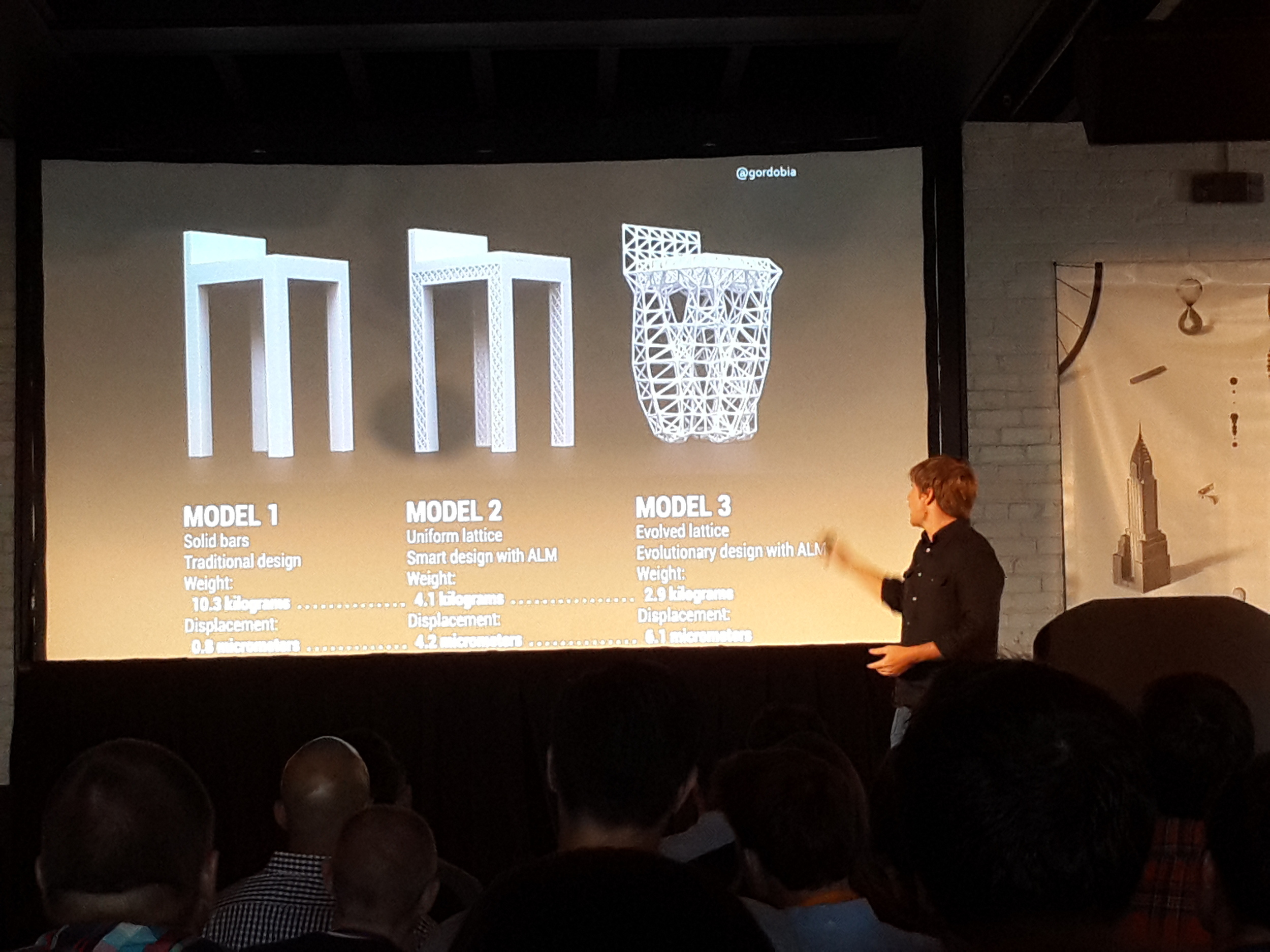
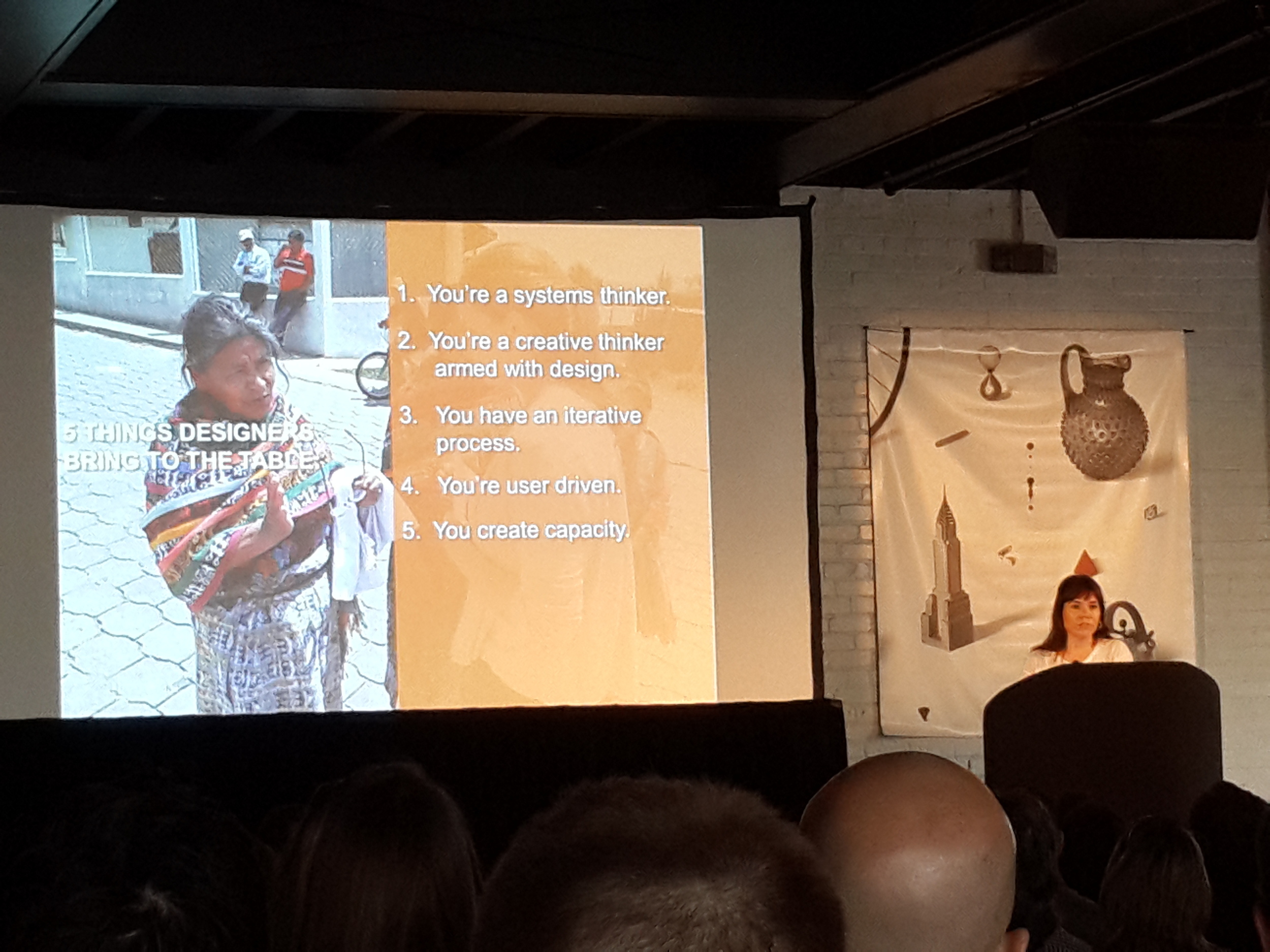
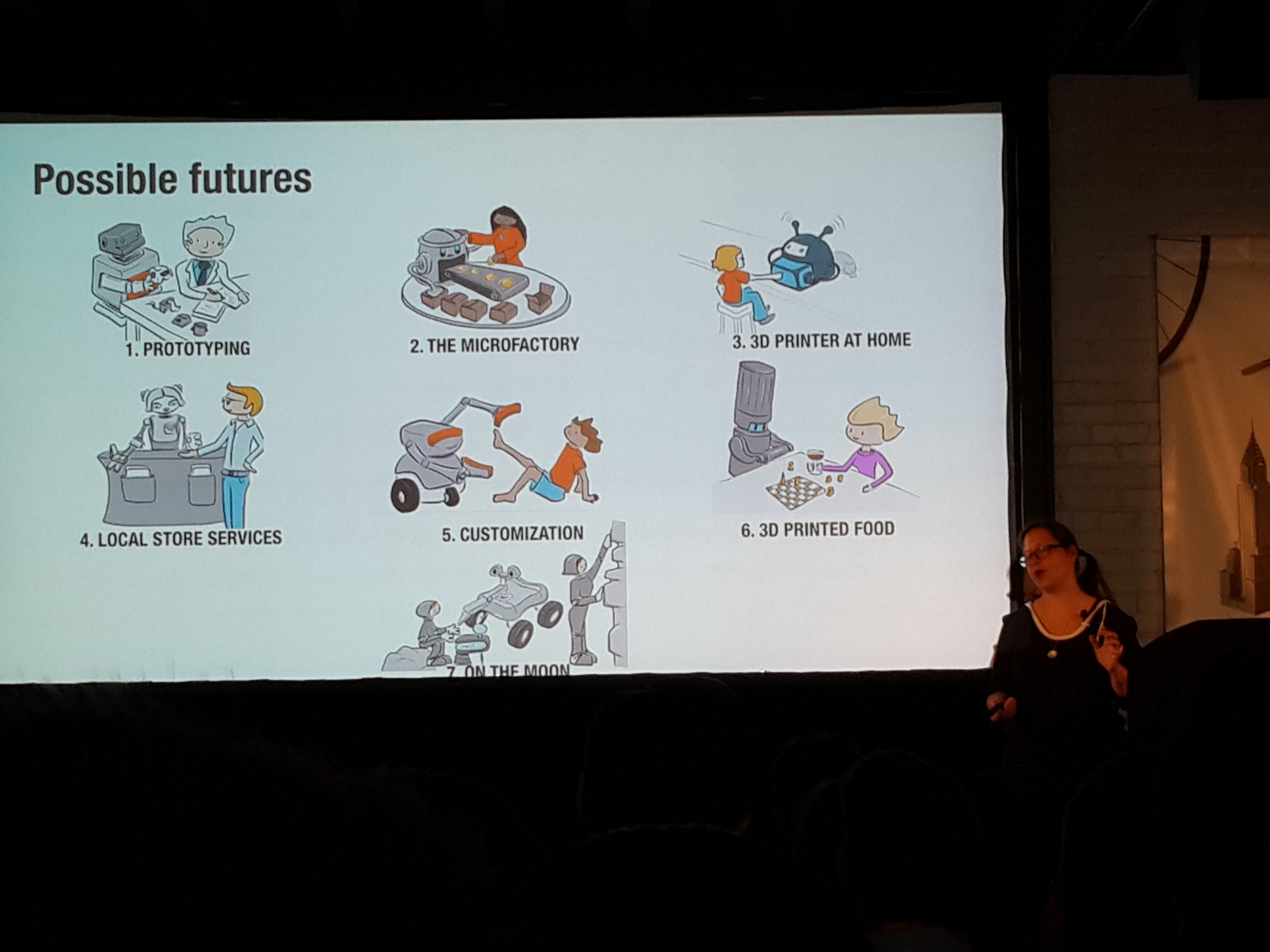
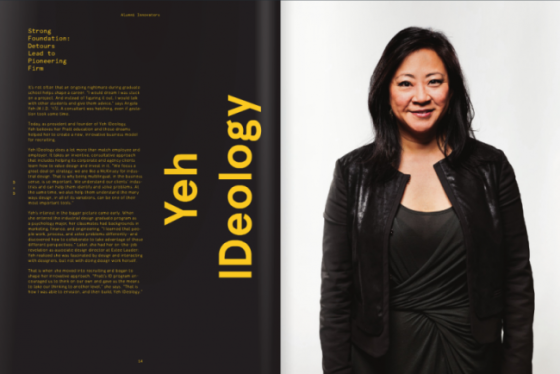

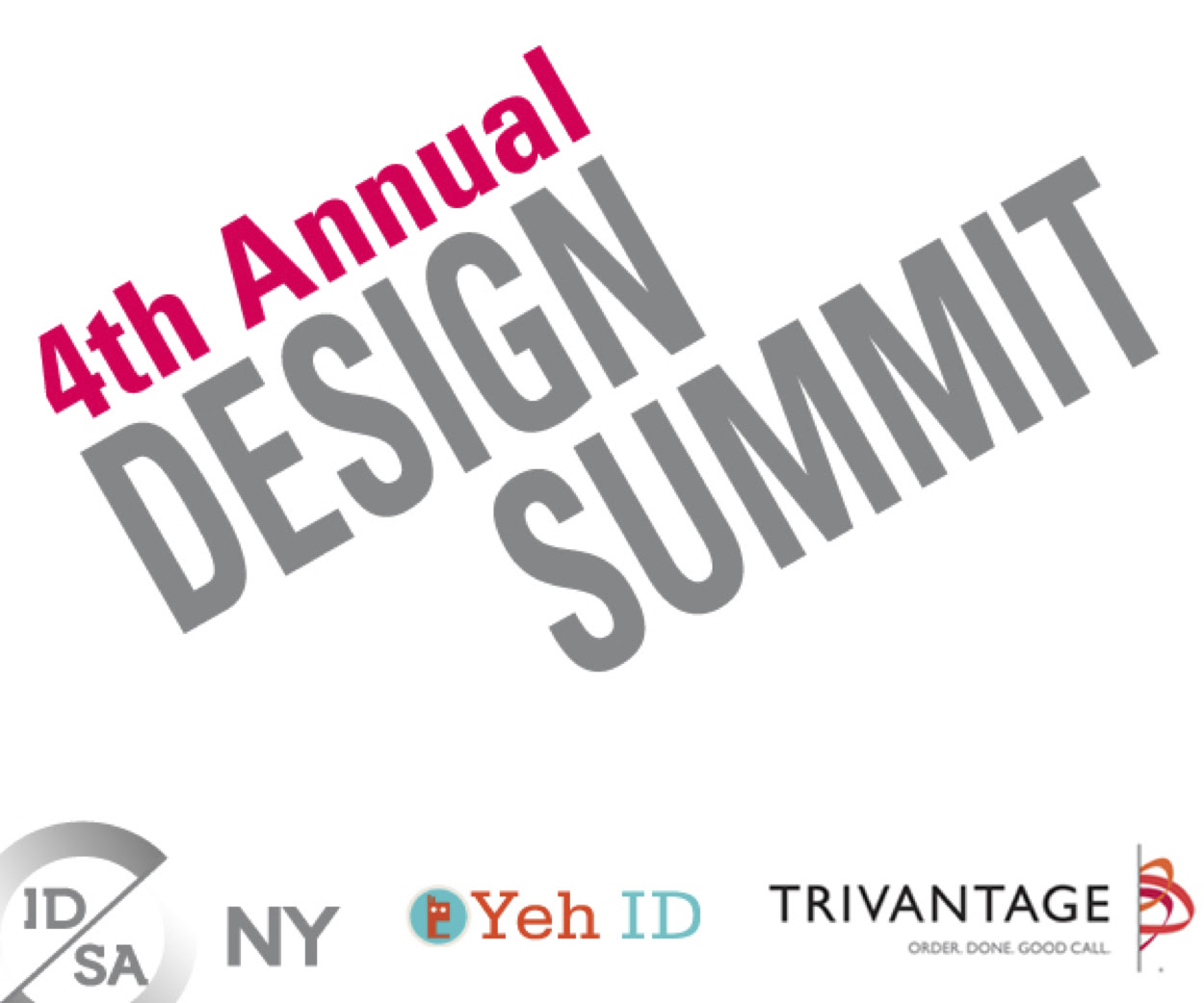 In partnership with IDSA NYC, Yeh IDeology hosted the 4th annual Design Summit on February 27th. This year’s design summit featured a panel of cross-disciplinary design leaders including Erica Eden (Founder of Femme Den and Global Director of Design Innovation of PepsiCo), Rich Thrush (Director of Kaz Incorporated), Mei Mah (Deputy Director of Education at Cooper Hewitt), Dan Grossman (Deputy Design Directory of Martha Stewart Living Omnimedia).
In partnership with IDSA NYC, Yeh IDeology hosted the 4th annual Design Summit on February 27th. This year’s design summit featured a panel of cross-disciplinary design leaders including Erica Eden (Founder of Femme Den and Global Director of Design Innovation of PepsiCo), Rich Thrush (Director of Kaz Incorporated), Mei Mah (Deputy Director of Education at Cooper Hewitt), Dan Grossman (Deputy Design Directory of Martha Stewart Living Omnimedia).